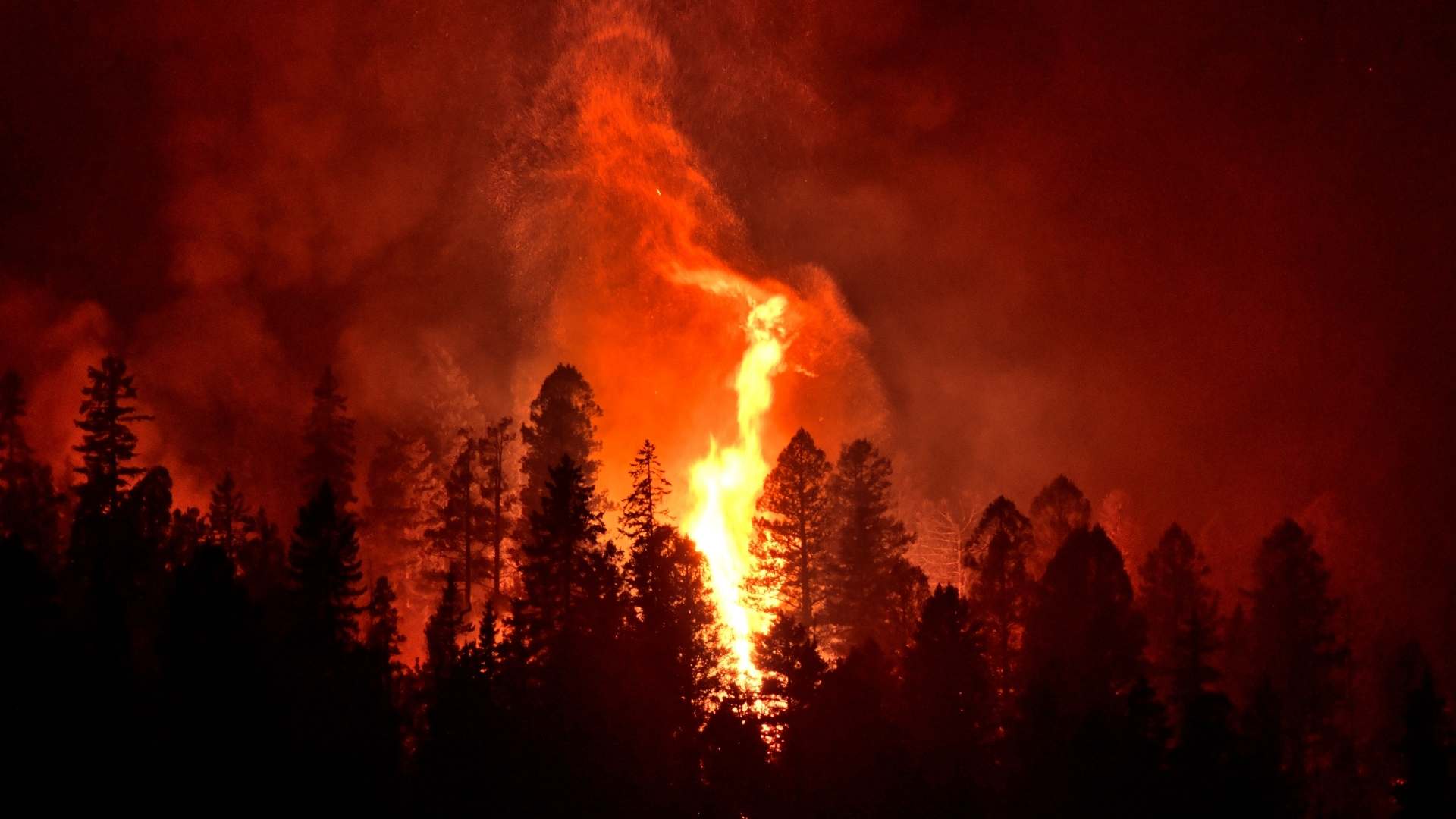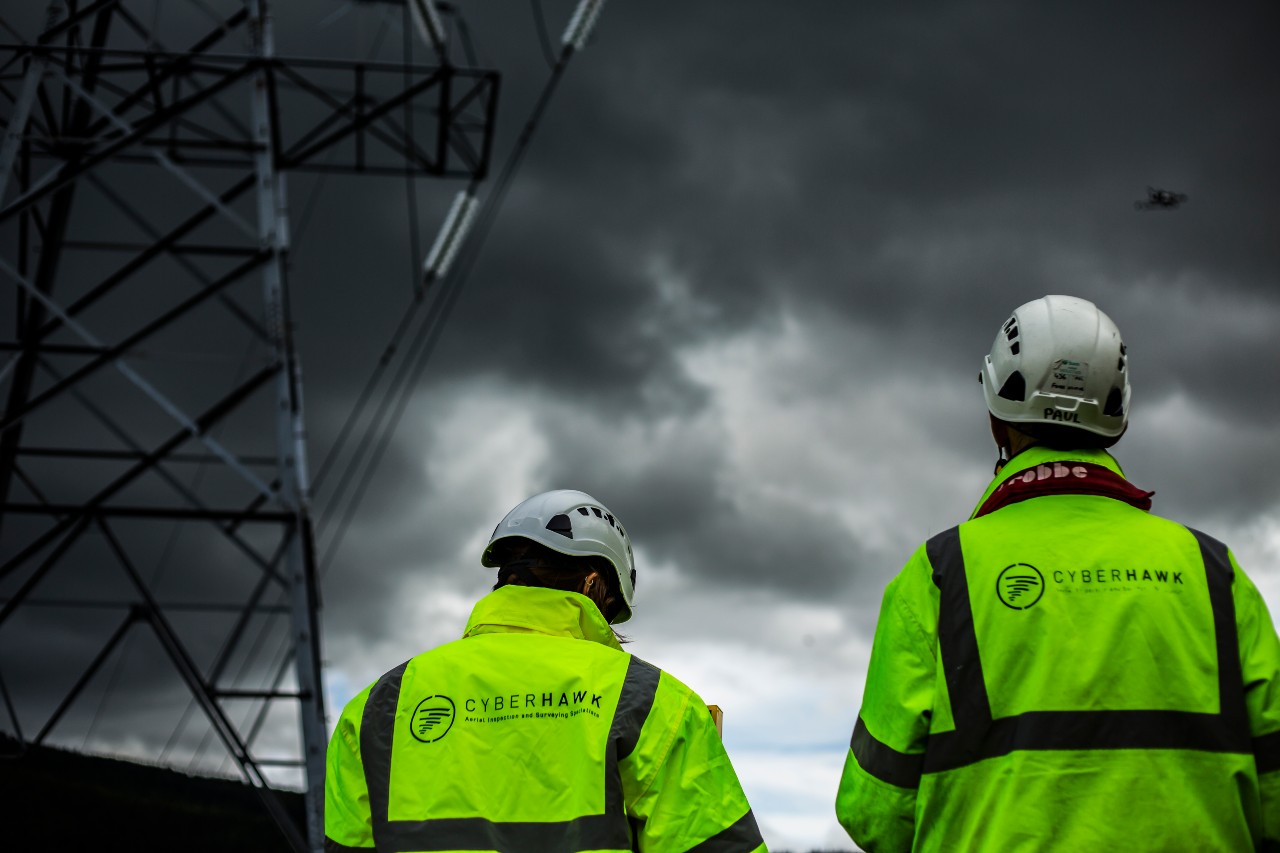
Over the last 18 months, we have seen an alarming increase in the number and severity of wildfires taking place. Not limited to just one pocket of the world, we've seen fires separated by entire oceans; with notable destruction occurring in places such as Greece, Australia and the West Coast of the U.S
This is not someone else's problem. This is worldwide.
While wildfires aren’t directly started by climate change, the unprecedented dry, hot and windy weather that results does exacerbate it. Climate organizations have been vocal about the effects of global warming on wildfires for many years, causing them to last longer and become more devastating.
Interested in finding out how iHawk can support your project?
Download your free power grid capabilities overview pack now!
According to data from the Monitoring Trends in Burn Severity program, US wildfires, in particular, are getting worse. California, Washington and Oregon are considered to be the worst states affected by the fires, with more than five million acres burned there alone. The wildfire crisis has been compounded by high population density in urban areas today, which may have influenced this.
-jpg.jpeg)
Shunning Shutdowns
For the companies based in these states who are responsible for maintaining safe and reliable power delivery for homes and businesses, whilst mitigating any fire risk from their power transmission lines, the wildfire crisis is a monumental concern.
At Cyberhawk, we have worked with many major utilities around the world over the years and know first-hand that these companies are committed to keeping their own people and their customers safe. This is not just driven by regulatory scrutiny (which is expectedly at an all-time high), but through their corporate ethics and values.
Utilities have an obligation to protect the communities in which they serve and in doing so, some have had to turn to their last resort of power shutoffs when alerted to fire risks. However, this means leaving thousands of customers’ homes and businesses without electricity for potentially long periods – up to seven days in some cases. Leaving the most vulnerable without heat or light, especially when people are spending more time than ever at home due to the pandemic, causes even more issues. Not to mention the serious consequences of disrupting power to the already overwhelmed hospitals and other emergency services.
Want to learn more about our power grid inspection programme?
Download your free capabilities overview pack here:
Prevention is the Answer
We believe prevention is the key to avoiding the disruption that blackouts bring, and above all else, maintaining safe operations. The U.S. power grid is one of the oldest in the world, with 70% of transmission lines more than 25 years old. Inspecting and maintaining these aging power grids is incredibly important when it comes to fire mitigation. A proactive approach to inspection is needed.
The Cyberhawk team of specialists based in the U.S. are no strangers to supporting critical wildfire prevention and reliability campaigns. We are working with major utilities to carry out drone inspections of towers, poles and electricity transmission structures, as well as collecting and managing large volumes of inspection data.
This has brought a step change in defect identification, maintenance planning and the tracking of remedial actions, helping utilities to maintain safe and resilient power grid networks, even when they are up against the most extreme environmental conditions.
The data that we gather is delivered as a daily report clearly identifying the infrastructure and equipment with defects that need immediate attention. This empowers the utility company to make better informed decisions when it comes to planning maintenance and assessing whether shutoffs are necessary. It can literally mean the difference between life and death.

Distribution Tower Inspection in iHawk
Global Learnings
In addition to the West Coast of the U.S., we have worked in Portugal, where each year the country is put on high alert for wildfire outbreaks. Recently we supported a customer in Central Asia, known for its extremely hot and dry conditions with recorded temperatures soaring as high as 120°F. Our drone-based inspections and maintenance programmes were able to prevent serious, life-threatening damage when lightning struck our customer’s infrastructure.
Looking back at these high-risk projects, we have learnt a few things along the way. For a start, we have built an exceptionally robust, high quality training programme for our team that we’re proud of. This specifically includes training to ensure those working in the field are prepared for the threats they may face.
Of course we check weather conditions in real-time, and in advance of site visits to assess whether it’s safe, but weather can be unpredictable so it’s important that our teams are equipped with lifesaving equipment such as fire extinguishers, backpacks filled with water, shovels and bolt cutters to get out of a tough spot, along with well stocked first aid kits.
Furthermore, Cyberhawk has built its safety and quality reputation by operating in two man teams with a pilot only flying the drone as safely as they can and a payload operator focusing on high quality information that’s sole purpose is to help make informed and fast decisions. This process has been proven to result in the safest and most value adding approach allowing teams to work together to stay alert to the potential dangers around them as they work and administer first aid if needed.
 Cyberhawk Team (Pilot & Engineer) Inspecting Overhead Lines
Cyberhawk Team (Pilot & Engineer) Inspecting Overhead Lines
Cyberhawk is now also working to establish a single person operation process that retains the primary focus on safety and quality. Teams will never go into the field alone, but we are looking at ways to increase the inspection capacity per team. This is being done in conjunction with our Utility clients to ensure any increase in scope demand does not have a direct impact on safety, quality or speed of information delivery.
Communication also plays a big factor in what we do. We communicate well with each other, but we also effectively communicate with our customers. When working with utilities we work as one team, staying in touch to provide regular updates on our current and planned location to ensure we avoid any “danger zones”.
Above all else, we are seeing more and more utilities turn to trusted drone-based inspection services and digital data management tools to bolster their wildfire prevention and reliability programmes, across the world. This is a trend that we see continuing as the wildfire risk worsens.
If you’re interested in finding out how Cyberhawk can support your project,
download your free power grid capabilities overview pack now!
